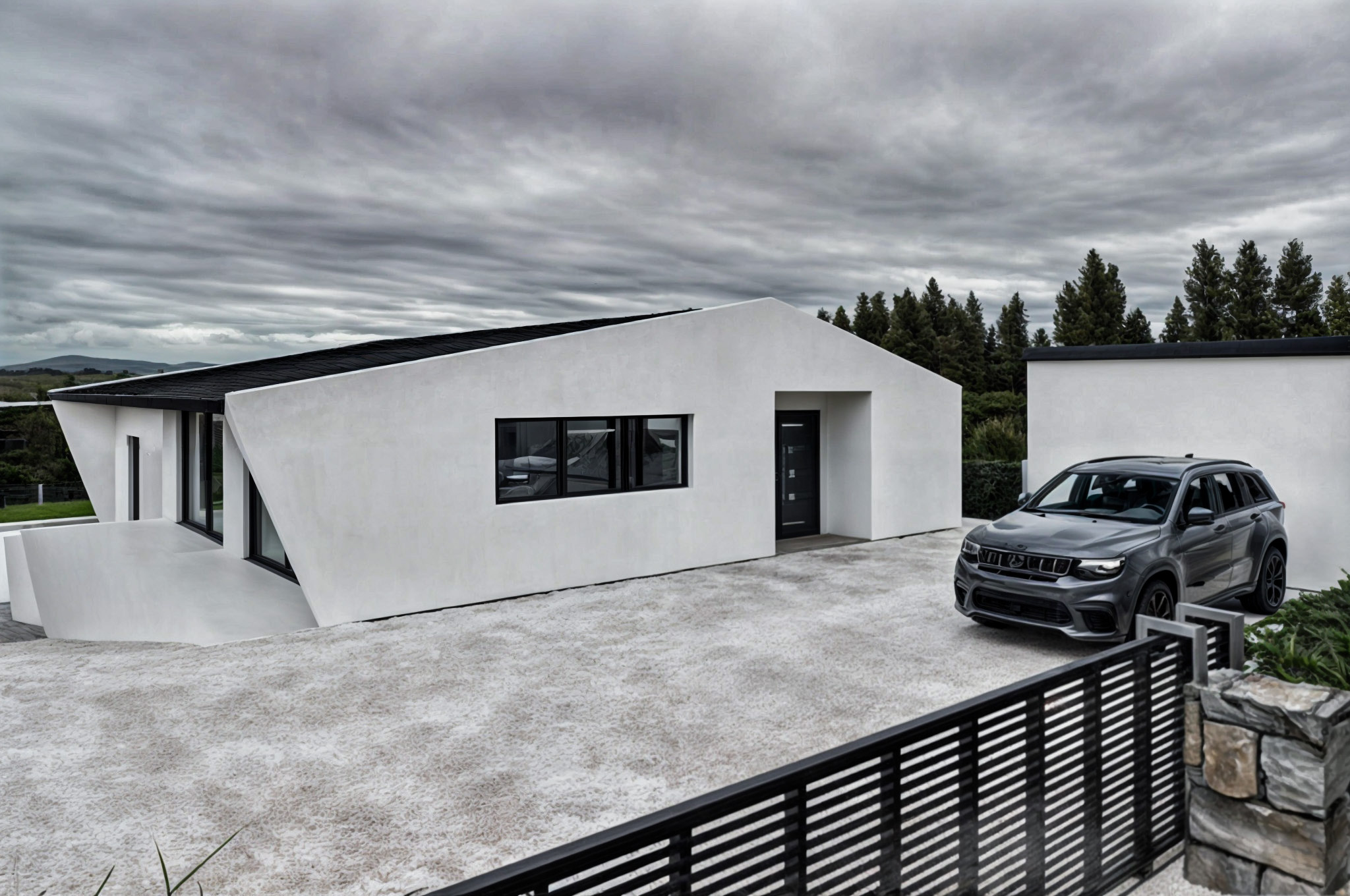August 25, 2023
By
twodotsmedia
The Power of Architectural 3D Renderings: Revolutionizing Building Design and Communication
In the world of architecture, effective communication is key to bringing designs to life. Architectural 3D renderings have become an essential tool for architects, designers, and developers to showcase their designs, communicate with stakeholders, and win projects.
What are Architectural 3D Renderings?

Architectural 3D renderings are computer-generated images that simulate real-world environments, buildings, and lighting conditions. Using specialized software, architects and designers can create photorealistic images that accurately represent their designs.
The Importance of Architectural 3D Renderings
- Enhanced Visualization: 3D renderings help architects, clients, and stakeholders better understand complex designs, spatial relationships, and building features.
- Improved Communication: By providing a clear, visual representation of a design, 3D renderings facilitate more effective communication among team members, clients, and stakeholders.
- Increased Project Wins: High-quality 3D renderings can be used in pitch presentations, proposals, and marketing materials to showcase designs, differentiate firms, and win projects.
- Reduced Costs and Errors: 3D renderings enable architects and designers to identify potential design flaws, make changes, and test different scenarios before construction begins, reducing costs and minimizing errors.
- Enhanced Client Experience: 3D renderings allow clients to explore and interact with designs in a immersive and engaging way, enhancing their overall experience and building trust.
Benefits for Architects, Designers, and Developers
- Design Development: 3D renderings help architects and designers test and refine their designs, exploring different materials, textures, and lighting conditions.
- Marketing and Promotion: High-quality 3D renderings can be used in marketing materials, such as brochures, websites, and social media, to showcase designs and attract new clients.
- Client Presentations: 3D renderings can be used in client presentations to communicate designs, address concerns, and build trust.
- Construction and Planning: 3D renderings can be used to plan and coordinate construction, reducing errors and improving collaboration among stakeholders.
Conclusion
Architectural 3D renderings have revolutionized the way architects, designers, and developers communicate, design, and build. By harnessing the power of 3D visualization, firms can enhance client experiences, improve communication, and win more projects. Whether you're an architect, designer, or developer, incorporating 3D renderings into your workflow can help you achieve your goals and stay ahead of the competition.
If you need any assistance with the 3D renderings, please do not hesitate to contact us at any time.
Your GoVisual3D Team
www.govisual3d.com



